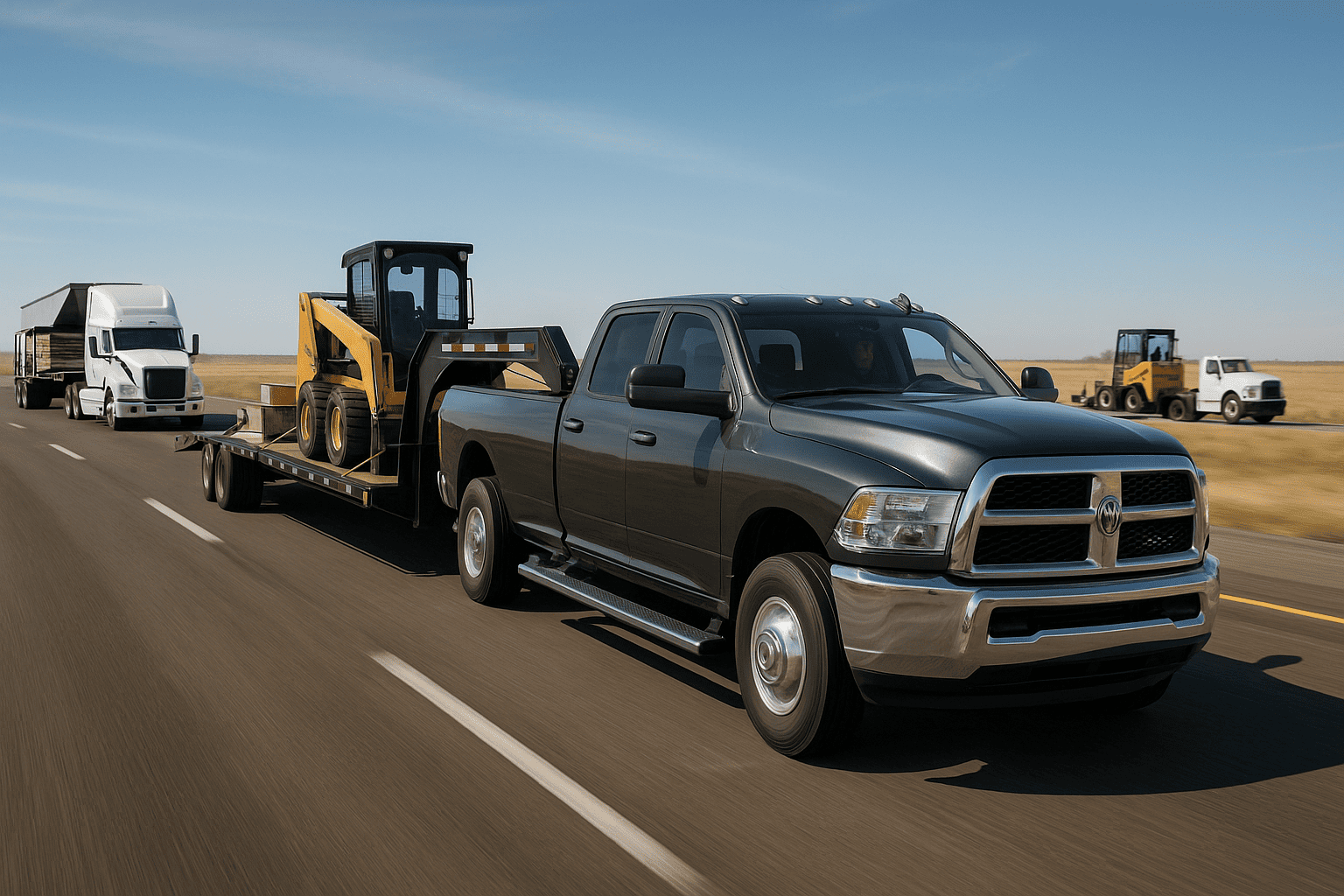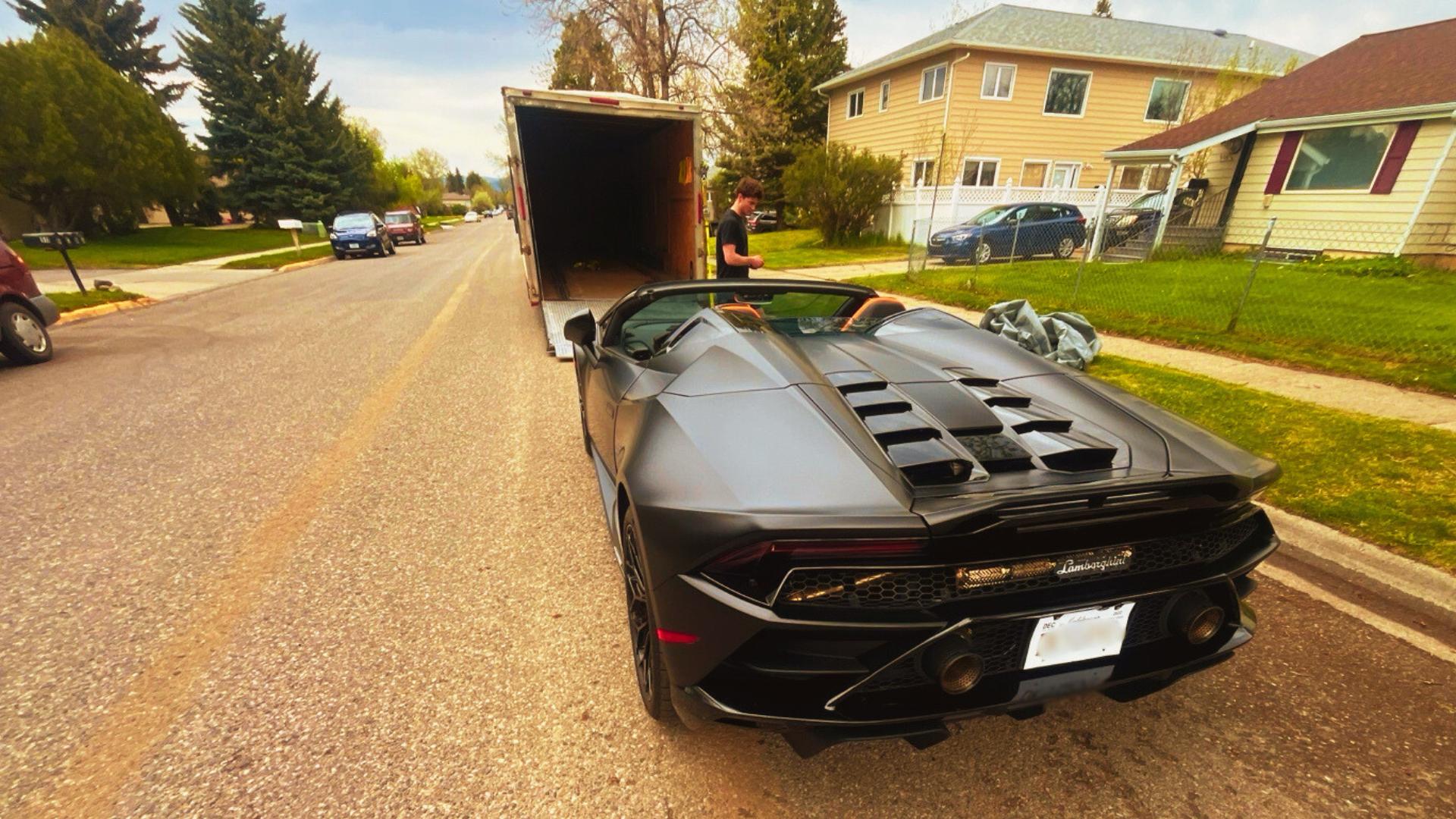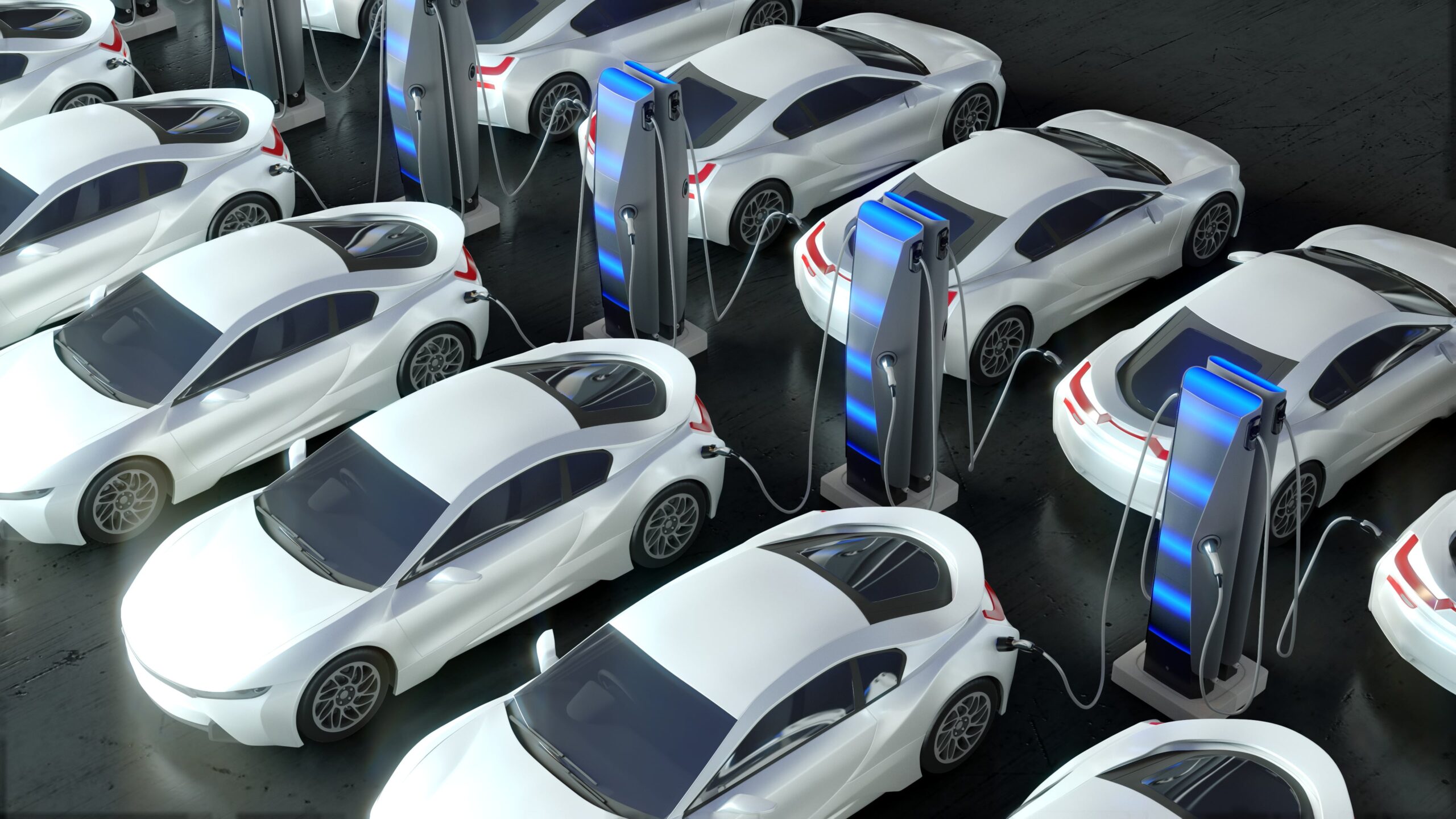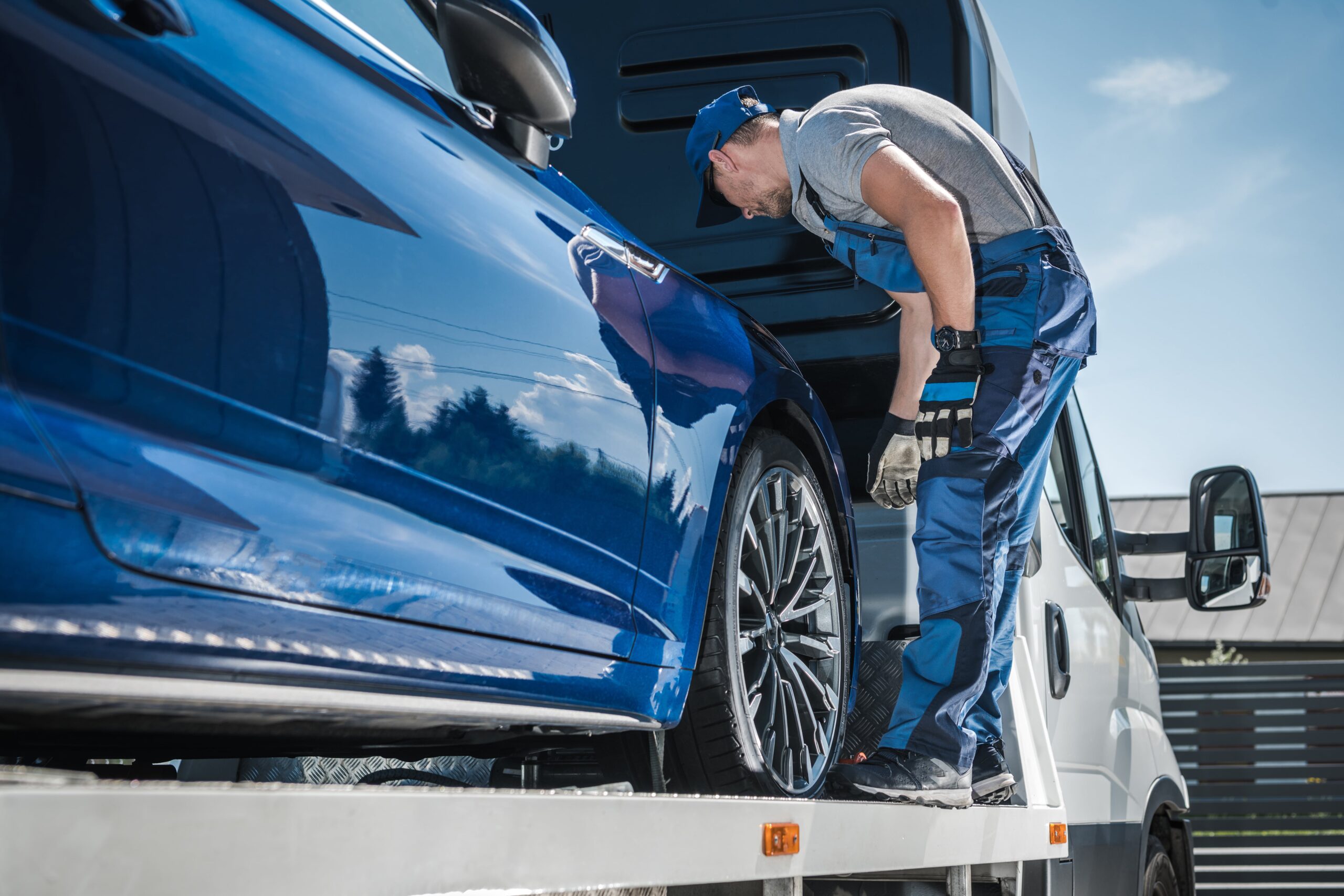Not every auto transport job requires a massive semi-truck and trailer. Those with time-sensitive deliveries, smaller loads, or short routes are easy to carry out with hot shot car hauling. The method uses medium-duty trucks and flatbed trailers to move vehicles quickly and often on a tighter schedule than those traditional long-haul trucks.
Key takeaways
- Hot shot car hauling uses medium duty pickup trucks with flatbed-style trailers to move smaller or urgent vehicle loads on short notice.
- It is ideal for time sensitive, regional trips because the process is faster and more flexible than traditional multi-car carrier transport.
- Trailer options include flatbed, enclosed, dovetail, and tilt deck, while truck classes 3, 4, and 5 are most common.
- Average rates run about $1.25 to $2.50 per mile, with short 100-mile hauls starting near $150 and 1,000-mile jobs reaching $1,500 to $2,500.
- Hot shot carriers must meet the same licensing and insurance requirements as standard trucking companies, providing similar safety standards.
To decide whether this method is worth considering for your next car shipping, you first need to understand what hot shot car hauling is, how it works and the different types of hot shot setups.
What Is Hot Shot Car Hauling?
Hot shot car hauling is a specialized form of vehicle transport through medium-duty pickup trucks and trailers of classes 3, 4, and 5. This method is great for smaller loads or urgent cases where time and delivery quality are critical.
It appeals to both customers and carriers. For customers, the turnaround and flexible scheduling mean faster delivery, while drivers can enter the market with lower startup costs. Moreover, hot shot carriers are more independent, meaning the services become more adaptable and personal for the customers.
How Does Hot Shot Car Hauling Work?
Hot shot vehicle transport is a simple process designed for speed and efficiency. With all the steps and moving parts streamlined, this method significantly eliminates the waiting that comes with traditional long-haul trucking.
Requesting a Quote
Everything begins by submitting details about the vehicle, pickup, and drop-off locations, and the expected delivery timeframes. Many brokers and carriers will decide the service fee based on their pricing models and the current market trends. Yet, you can also use a free auto transport quote calculator to estimate costs quickly and be prepared in advance.
Pickup and Loading
Since many hotshot trucks arrive at the pickup location with specialized equipment, the loading becomes quicker and less stressful for everyone involved.
Transportation of the Car
Hotshot haulers tend to handle relatively shorter and regional trips, transporting the vehicles directly to the destination. As a result, the delivery is often completed within a few days, instead of weeks.
Delivery and Handover
Once arrived, the driver will unload the vehicle and confirm the condition with the customer. While these jobs involve fewer vehicles, the process is faster and will involve less waiting.
Types of Hotshot Auto Transport
Hotshot car hauling comes with different trailer and truck setups, each designed for specific vehicle types and transport needs. Your final choice will affect the cost, safety, and convenience. So, here are some of the most common options to consider:
Hotshot Auto Transport by Trailer type
The trailer you select determines how well your vehicle is protected, how easily it can be loaded, and the overall shipping cost, making this choice just as important as the truck itself.
Flatbed Trailers
These are the most widely used trailers in hotshot hauling. Flatbed trailers are very common during open auto transport cases, where open platforms with no walls or a roof make loading and unloading vehicles straightforward. The open space design allows handling a wide variety of vehicles, from sedans to light trucks, all without specific adjustments. However, vehicles transported via flatbeds are exposed to weather hurdles and road debris.
Enclosed Trailers
Enclosed trailers create a completely covered environment with a protective shield to keep the vehicles away from rain, dust, and potential damage along the journey. Such options have well-equipped security features, such as lockable doors and reinforced walls, that make the option more expensive than flatbeds. Yet, transporting your car through an enclosed auto transport carrier provides extra peace of mind and confidence.
Dovetail Trailers
Another option features dovetail trailers with a sloped rear section, creating a natural ramp. Such a design makes it easier to drive vehicles onto the deck and unload them upon arrival. Dovetail trailers are rather popular with drivers who frequently load and unload different types of vehicles while reducing the need for separate ramps.
Tilt Deck Trailers
Using hydraulic or gravity mechanisms to angle the entire trailer bed for car loading, tilt decks are especially great for specialty carts, machinery, or vehicles that can be easily driven up ramps. In this case, the whole deck tilts to meet the ground for the vehicles to move forward and avoid scraping the undercarriage.
Hot Shot Car Hauler by Truck Type
Hotshot carriers rely on medium duty pickups, and the truck class you choose affects towing capacity, cost, and the kinds of vehicles you can move.
3 Class Trucks
These medium duty trucks have a Gross Vehicle Weight Rating (GVWR) of 10,001–14,000 pounds. Typical examples include the Ford F-350, Ram 3500, and Chevrolet Silverado 3500. They can haul a single car or a light two-vehicle trailer, making them a common starting point for small hotshot operations.
4 Class Trucks
GVWR ranges from 14,001–16,000 pounds. Examples are the Ford F-450, Ram 4500, and Chevrolet Silverado 4500HD. These trucks provide extra towing capacity for heavier flatbeds or multiple midsize vehicles while staying below CDL thresholds if configured carefully.
5 Class Trucks
These trucks carry a GVWR of 16,001–19,500 pounds.
Common models include the Ford F-550, Ram 5500, and Chevrolet Silverado 5500HD. They are ideal for larger hotshot loads, such as three or four compact cars or heavier specialty equipment, and often require a Commercial Driver’s License when paired with heavy trailers.
Hotshot Car Hauling Rates
The final cost of hotshot vehicle transport can depend on several factors like distance, vehicle type, seasonality. On average, you can expect $1.25 – $2.50 per mile for most common car type, like a compact sedan in a mid season
While so many factors affect the shipment costs, it’s best to use a transport quote calculator and get a detailed quote tailored to your specific case.
Hotshot car hauling has carved out a valuable space in the auto transport industry by focusing on speed, flexibility, and smaller load sizes. It can still be a great solution for those looking for urgent or short-distance moves when waiting for a full trailer isn’t practical.
| Distance | Price Range |
| 100 miles | $150 – $250 |
| 250 miles | $375 – $600 |
| 500 miles | $750 – $1,200 |
| 750 miles | $1,100 – $1,800 |
| 1,000 miles | $1,500 – $2,500 |
Frequently Asked Questions
Is Hot Shot Transport Worth It?
It is absolutely worth it when you need a short regional haul or want to transport a single vehicle without waiting. While the per-vehicle cost may be higher compared to traditional multi-car carriers, the time and nerves saved often justify the price.
How Many Cars Can a Hot Shot Hauler Carry?
Most hot shot haulers carry between one and four vehicles, depending on their sizes, as well as the trailer type. For instance, flatbeds can handle multiple standard cars, but specialized trailers focus on fewer vehicles to handle the challenging loads.
Is Hot Shot Auto Transport Safe?
Yes, hotshot carriers strictly adhere to the same licensing, USDOT number, and insurance requirements as traditional trucking companies. Their difference lies only in the equipment used to transport vehicles. Choosing the right type of trailers can further minimize the risks from weather or road obstacles and result in safer transport.
Sources
U.S. Federal Motor Carrier Safety Administration. “Regulations”. Accessed September 19, 2025.
U.S. Federal Motor Carrier Safety Administration. “Do I Need USDOT Number”. Accessed September 19, 2025.






